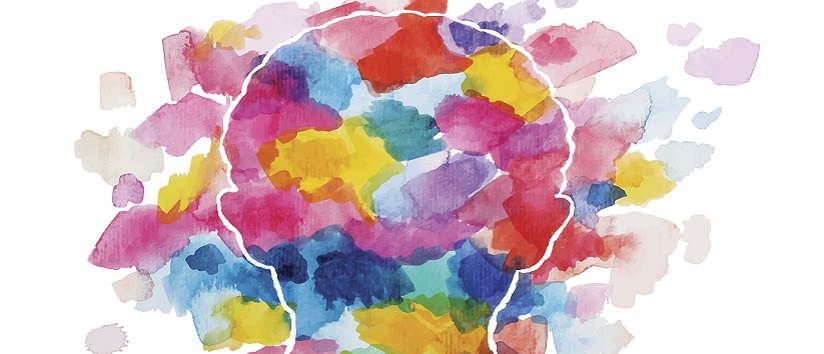Children’s mental health services are still inadequate, says the Children’s Commissioner
This week is Children’s Mental Health Week, and many mental health organisations are using their platform to advocate for children's mental health services with a particular emphasis on the impact that Covid-19 has had on children.

Children’s mental health services reform has been the goal of successive Governments over the last five years and has included the trialled implementation of Mental Health Support Teams in schools. And the commitments that NHS mental health services will be further expanded by 2023, as well as ambitions that all children will have their needs for services met by 2028.
However, is the Government on track to meet these targets? And what impact has Covid-19 had on children’s mental health? Answering these questions, last week the Children’s Commissioner Office, a non-governmental public body, released their fourth annual report on the state of children’s mental health services in England.
- See also: 'School counselling has been proven to help students manage mental health issues despite cost'
- See also: 'Children’s Mental Health Week to help students explore their feelings through expression'
- See also: 'Children's Commissioner publishes major report on the impact of lockdown on children'
What was the state of mental healthcare services pre-pandemic? And, now during Covid-19?
In the report, testimonials from children revealed a pre-Covid mental healthcare system under enormous pressure, as many said that they have had to wait months or even years to get a CAHMS appointment. Consequentially, the authors of the report said that tragedy is that when children receive timely care, they quickly flourish, responding exceptionally well to treatment. Still, the system is seemingly overloaded and inadequate; therefore, children have been waiting for therapy.
In the era of Covid-19 access to counselling and psychotherapy have naturally dramatically changed, from in-person to online and phone appointments. This change was already beginning to happen pre-pandemic but has now rapidly accelerated due to the circumstances. But has this therapeutic technological shift translated into an increase in access to services?
Data included in the report showed that children in contact with services fell during the first nationwide lockdown, but more recently, referrals have quickly recovered and had rapidly risen above pre-pandemic levels. But in contrast, the number of children accessing services has not been increased to the same level. Therefore, while technology has the potential to boost access to therapy, this doesn’t seem to be represented in the statistics so far.
How has the pandemic affected children?
The report outlined that the psychological response of children to Covid-19 has been nuanced and is based upon material circumstances at home and their relationship with education. For example, children who view school as a source of anxiety experienced the first lockdown positively. On the other hand, another large scale study found a significant 50% higher prevalence of clinical mental health conditions in children than what was identified three years earlier.
However, the Children’s Commissioners report was cautious in its interpretation of that increase, because the authors said that there is no way to differentiate between a more typical response to the stress from the pandemic, and a trend showing a continuous rise in clinical mental health conditions previous to Covid-19. Nevertheless, the report warned that before the pandemic, the gap between children's needs and the services available was already enormously vast and has most likely only grown considerably more due to the current health and economic crisis.
The Commissioners report concluded that the current system is still inadequate in meeting children's needs as only 1 in 4 children have accessed the services they require, based on 2020 estimates. Therefore, the Government, the NHS, and local authorities will need to do more to meet the targets that they have set themselves for timely access to mental health services.
Additionally, the authors said that while the problem of access is improving it is doing so at a snail’s pace and not enough to keep with demand. This being comparable to nationwide spending on children's mental health services which is increasing but is highly variable across different areas creating a continuing postcode lottery.
Comments
Write a Comment
Comment Submitted